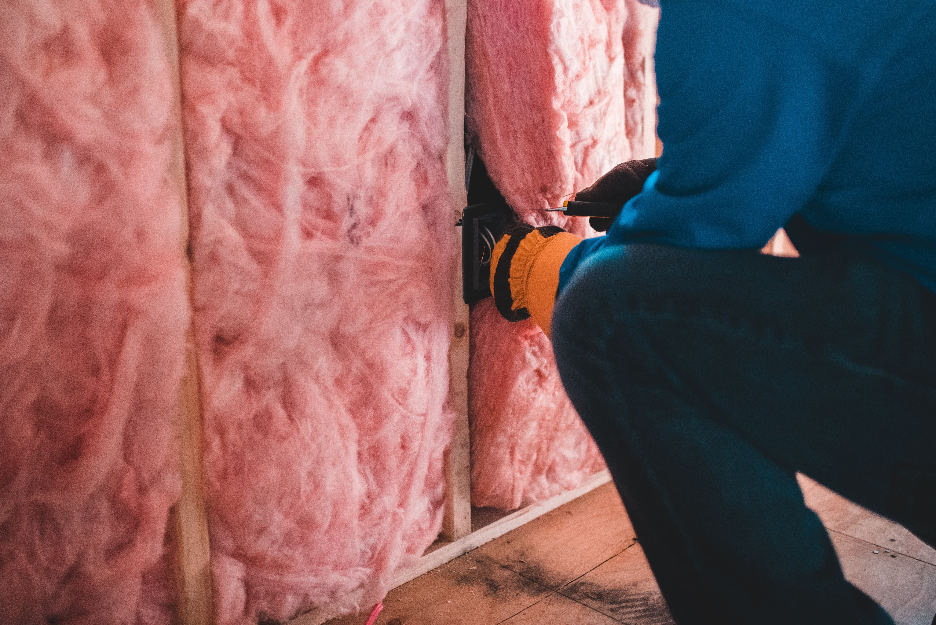Report: Scotland’s energy efficiency funding model just as inefficient as its draughty homes

The alarming barriers blocking Scottish housing associations from accessing vital energy efficiency funding have been revealed in the Chartered Institute of Building’s (CIOB) latest report ‘Harnessing Scotland’s Social Housing Expertise’.
Funding schemes are available for housing associations to improve the energy efficiency of their 280,000-strong housing stock through retrofit measures such as double glazing, draught proofing and insulation, but many say issues accessing the government funding is setting them up to fail.
They cite financial constraints, the cost-match funding required on their part, last-minute approvals, and the extensive administration work involved to prepare an application as key barriers. With no guarantee of getting the funding, many also say they find themselves unable to roll the dice to make a bid.
CIOB said unless the Scottish Government acts quickly, far too many social housing tenants will continue living in cold, draughty homes.
Jocelyne Fleming, policy and public affairs officer for Scotland at CIOB, said: “Clearly, the current system available to Scotland’s housing associations to access retrofit funding is not fit for purpose.
“They have extensive knowledge and expertise in undertaking retrofit projects, and are committed to providing good quality, warm and affordable homes to their tenants, but the current system makes it too difficult for them to access funding and use their experience to spend it effectively and efficiently.”
CIOB is now calling for the government to form a ministerial oversight group on retrofit to bring ministers with responsibility for housing, net zero buildings, skills & education, and planning together to develop a National Retrofit Delivery Plan. It says such a plan must consider the resources – both financial and human – that will be needed to bring Scotland’s housing stock up to the standards required to achieve housing, decarbonisation and fuel poverty targets.
The oversight group could take responsibility for much-needed mapping of existing housing stock and, together with social landlords, triage homes and identify priority areas for funding and intervention – helping to systematically and strategically allocate funding to ensure public money is used in the most effective and efficient way.
Ms Fleming added: “The formation of a ministerial oversight group and development of a National Retrofit Delivery Plan will ensure all relevant government departments can work together to think holistically about the resources needed to meet the retrofit challenge and allocate funding strategically across housing tenure and geographical location.
“Without this long-term, joined-up thinking, we risk leaving Scotland’s most vulnerable households living in cold, draughty homes and we will simply not meet Scottish Government’s 2030 net zero targets.”
Lachlan Wood, project manager of the Warm Homes Team at Argyll Community Housing Association, said: “CIOB’s report hits the nail on the head and sums up very well the issues we regularly face when it comes to planning, financing and resourcing retrofit projects for our properties.
“The funding model must be reviewed to allow registered social landlords to deliver on our mission to provide good quality, warm, energy efficient and affordable homes for our tenants. If we’re to achieve the targets set out by Scottish Government, then the system urgently needs improving and the whole matter of retrofitting given more focus.”
In a recent survey commissioned by CIOB, 38% of social housing tenants said they have not heard of any energy efficiency support schemes. The research also showed that lower energy bills are the biggest driver behind social housing tenants wanting energy efficiency upgrades to their homes.





















